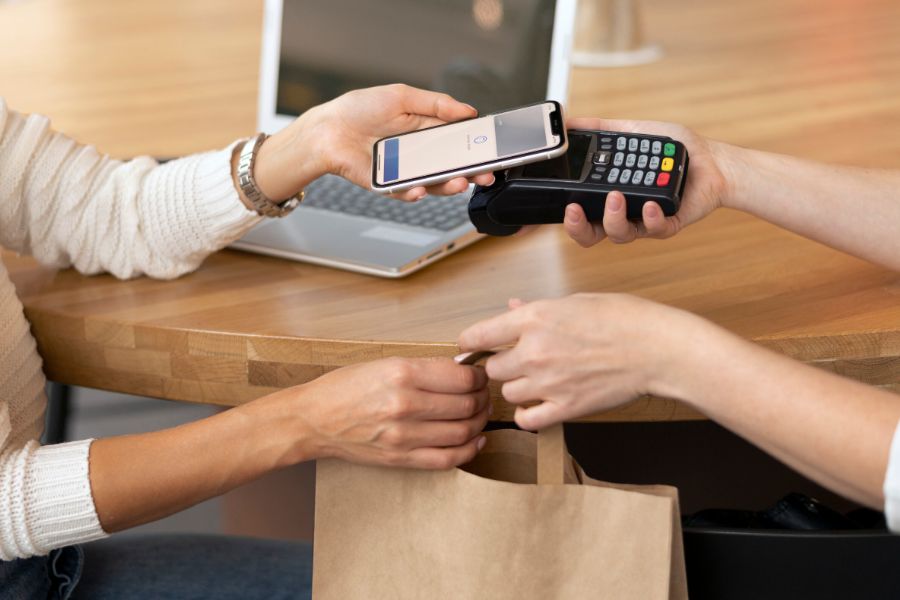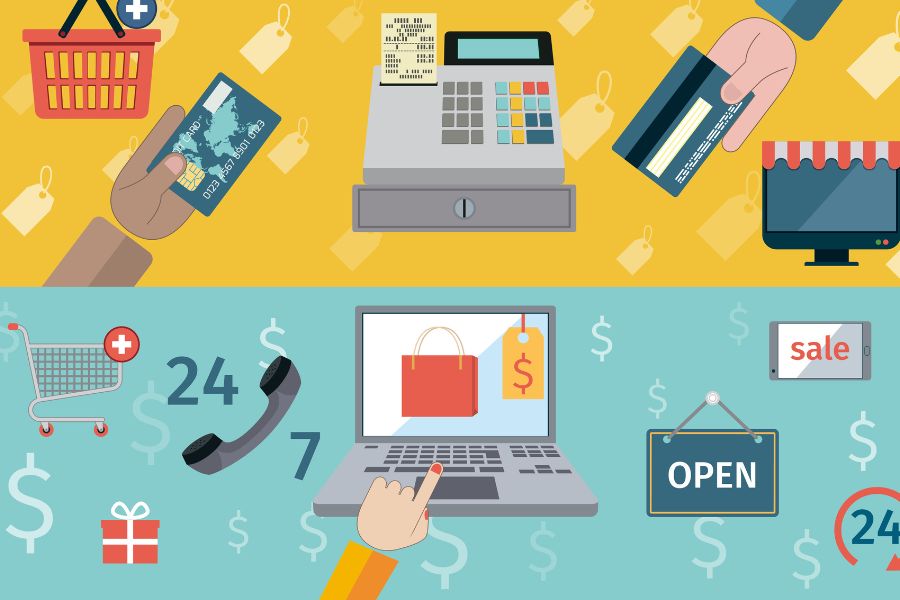What is a point of sale transaction, an important component of a point of sale system is where a consumer makes a payment for products or services and where sales taxes might be due. It may be a physical cash counter with POS terminals and devices processing card payments or a virtual transaction stage on a computer or mobile electronic device.
Effectively create point of sale transactions
Creating a great point of sale (POS) transaction is an important priority for retailers, nowadays. Businesses have traditionally placed POSs near store exits to increase the rate of impulse purchases when customers depart. On the other hand, changing POS locations will provide retailers with more opportunities to micro-market particular product segments and impact earlier customers in the sales funnel.
Department stores, for example, also have a point of sale transaction obtained to specific product categories, such as appliances, electronics, and clothing. Rather than merely handling purchases, the assigned workers should actively promote goods and provoke customers through purchasing decisions. Similarly, the format of a point-of-sale (POS) can influence benefit or purchasing behavior by providing customers with various payment methods.
Electronic point-of-sale software systems help retailers run more efficiently by automating transactions and keeping track of important sales data. Besides, installing a network of data-capture devices, such as card readers and barcode scanners, will help retailers improve functionality.
Types of point of sale transaction
Retailers may not be aware that there is an array of point of sale transactions, each type will fit in with a particular retail business. To help you make accurate decisions when choosing your point of sale transactions, here are some common POS transactions currently available on the market.
POS on the terminal/desktop
The terminal POS device is a common type of point-of-sale system that is used in businesses where customers pay at a fixed location, such as a cash register or a counter. These devices usually have a touchscreen, a card reader, a printer, and a barcode scanner. They also need to connect to the internet to process payments, update inventory, and sync data with other devices or software.
Some terminal POS devices use cloud-based applications that store all the data online and require a reliable internet connection to do a POS transaction properly. According to a report by Grand View Research, the global terminal POS market size is expected to grow at a compound annual growth rate (CAGR) of 7.5% from 2021 to 2028.
Mobile POS
A mobile POS system is a portable and convenient way to accept payments and manage your business. Unlike a traditional terminal POS, which is bulky and stationary, a mobile POS solution is much smaller in size but just as useful. It’s usually sold as a mobile app that comes with a credit card reader attachment. For added flexibility, barcode scanners and receipt printers are available as optional attachments. In most cases, the app is provided for free in return for signing up with a payment processor. The card reader, as well as any other attachments, are given for free or at a low cost.
This POS transaction can benefit many types of businesses, especially those that operate on the go or have limited space. For example, food trucks, farmers’ markets, pop-up shops, and service providers can use a mobile POS system to process transactions anywhere and anytime. Some of its advantages are:
- It can save you money on hardware and software costs.
- It increases your sales by accepting more payment methods and reducing checkout time.
- The system should improve your customer service by providing digital receipts and loyalty programs.
- It enhances your business operations by tracking inventory, sales, and customer data.
POS for tablets
Tablet POS is the next step up from mobile POS. This type of POS requires the same level of versatility and efficient inventory tracking, bookkeeping, employee tracking features.
A tablet POS system operates similarly to a smartphone POS system. The POS software is mounted on the tablet, and any optional accessories (such as a card reader or receipt printer). The only difference is that the mobile device is normally much larger and has useful functionality that fits in with retail larger retail businesses.
POS self-service kiosk
A self-service POS (point-of-sale) system is a specialized solution that enables customers to complete transactions without the assistance of cashiers. For example, if a large theatre provides a self-service kiosk, its consumers will be able to buy and schedule movie tickets on their own. This can reduce waiting times, increase customer satisfaction, and save labor costs for the business.
A report by Grand View Research shows that the global self-service kiosk market size is expected to grow at a compound annual growth rate (CAGR) of 10.8% from 2021 to 2028. The main drivers for this growth are the increasing demand for convenience, efficiency, and automation in various industries.
To Sum Up,
The point of sale transaction can greatly support retailers in preventing common issues like out-of-stock sales, purchase and orders management, etc. Additionally, retailers are enabled to monitor pricing accuracy, inventory adjustments, gross revenue, and sales trends depending on the software features.
Follow us for more information about the POS transaction, technology, and eCommerce!
ConnectPOS is a all-in-one point of sale solution tailored to meet your eCommerce POS needs, streamline business operations, boost sales, and enhance customer experience in diverse industries. We offer custom POS with features, pricing, and plans to suit your unique business requirements.




